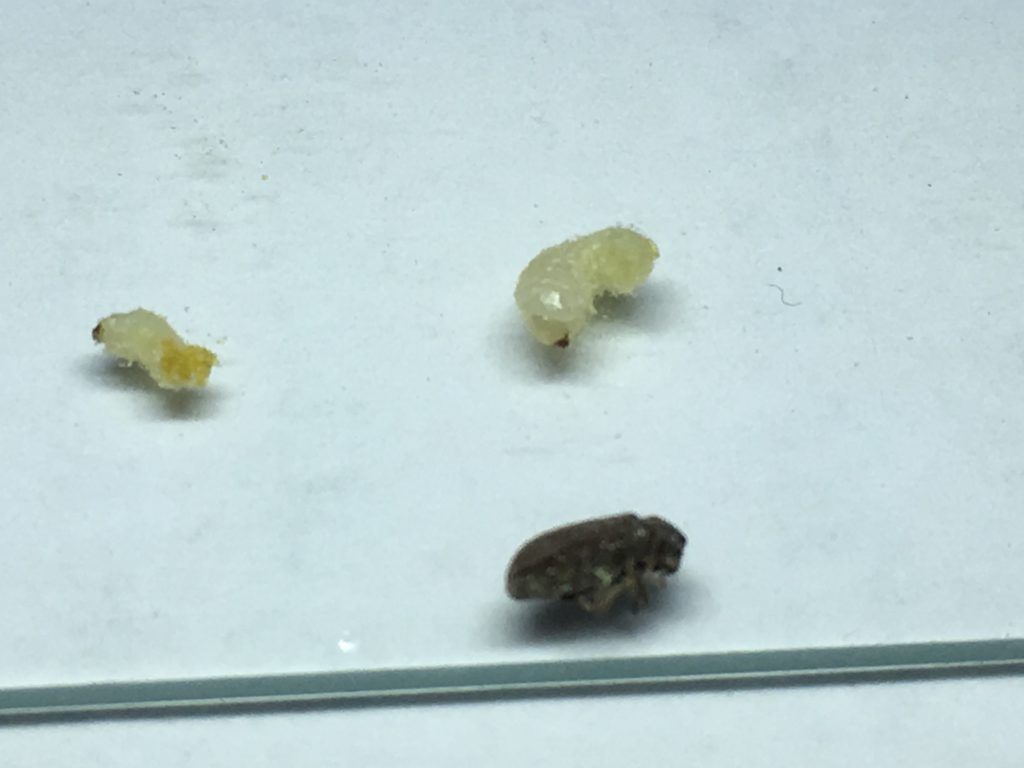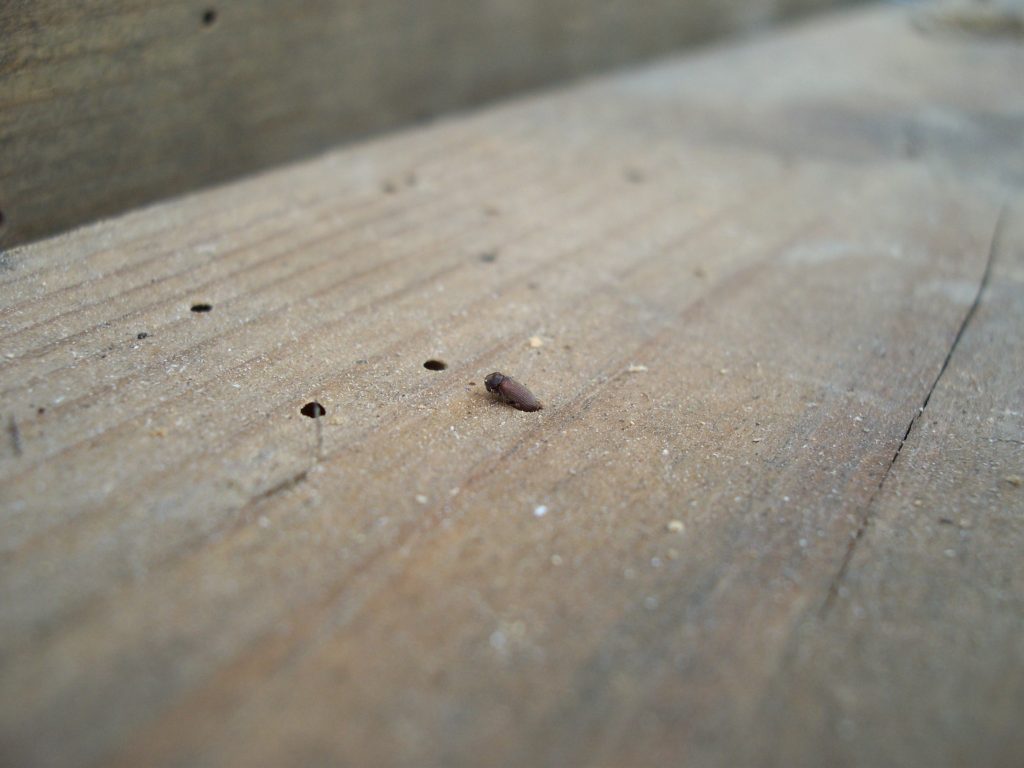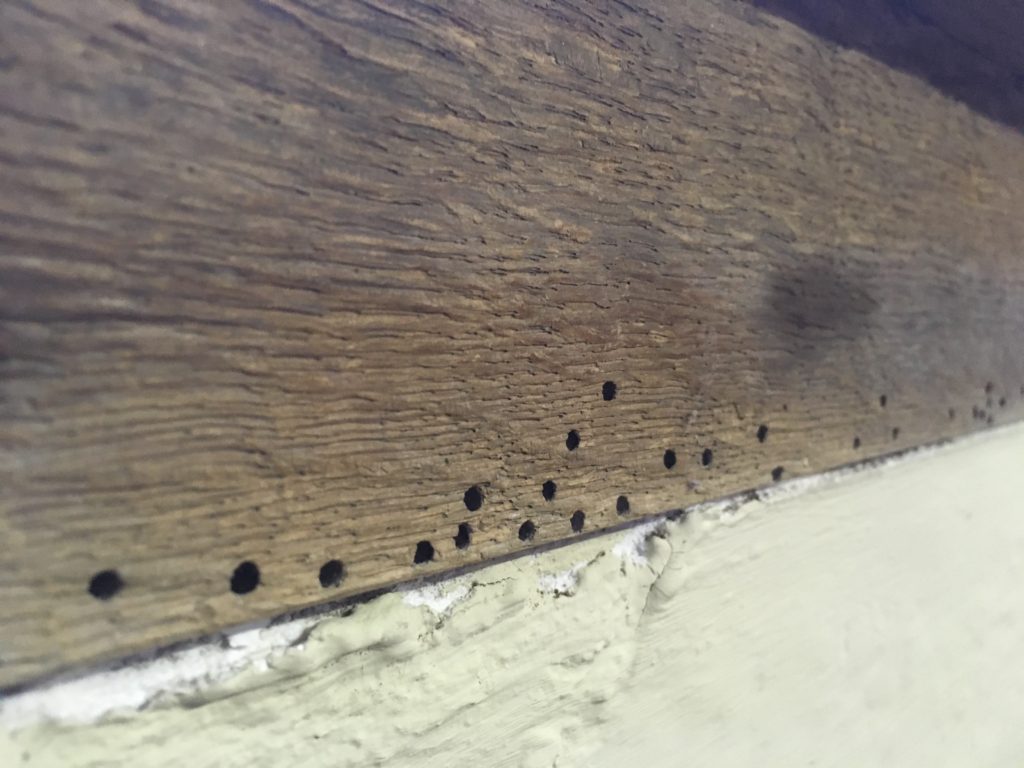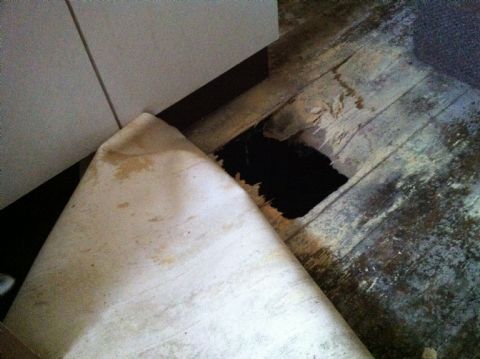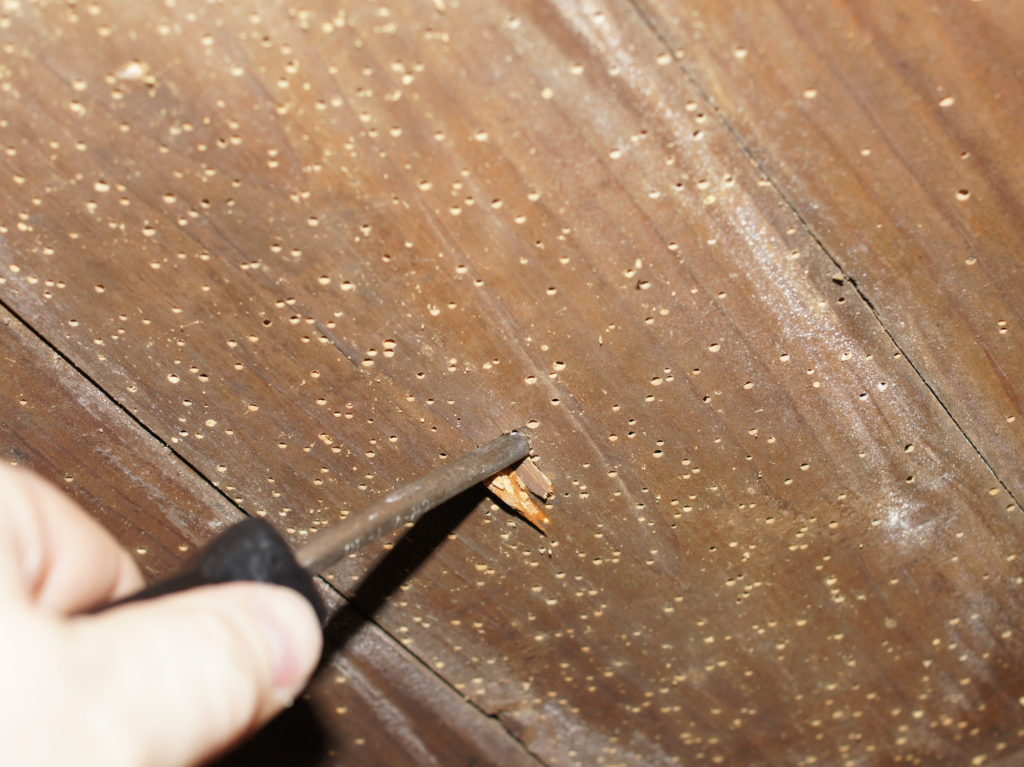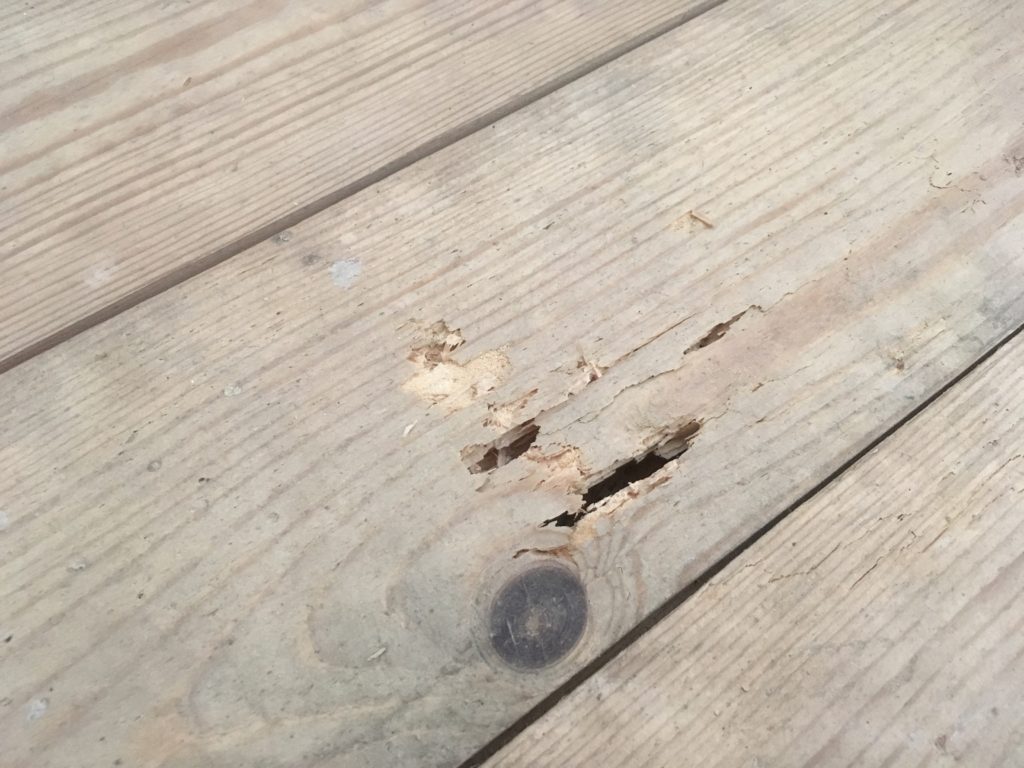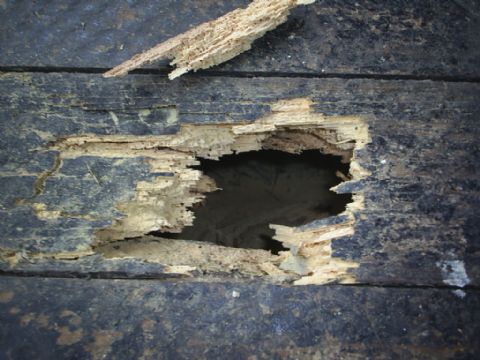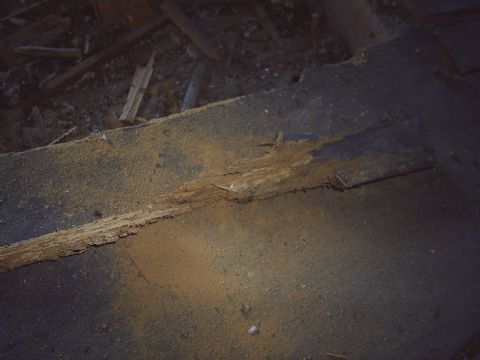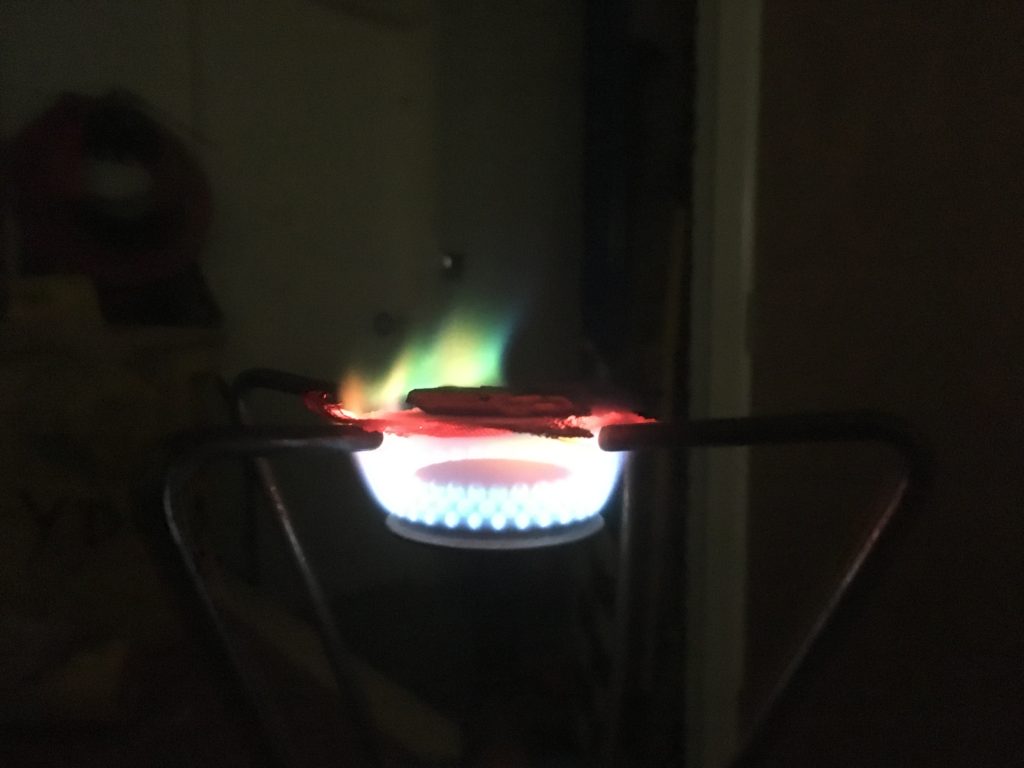We are Woodworm treatment specialists, floor replacement and repair experts. We cover Leeds, Harrogate, Wakefield, Bradford & surrounding areas.
We have been controlling woodworm infestations for 29 years, so it’s fair to say we know a thing or 2 about this subject.
We offer services to trade, commercial and domestic clients so whether you require timber treatment only or replacement and treatment we are able to help!
What is Woodworm?
Where beetles infest timbers, the attack is usually described as “woodworm”. This is because the larvae of the beetle look like small cream-coloured worms.
Woodworm is the common name given to wood boring beetles and weevils of which there are many species that are found in buildings such as:-
Each species of beetle requires a specific habitat and so the information below should not be applied to all wood boring beetles. If you are unsure which beetle you have found then please contact us.
Insects that attack timbers do so mostly in forest and woodland habitats. We fill our properties with timbers as a building material and effectively lay out the insect’s food material in extensive amounts (joists, floorboards, joinery and roof timbers) available for insects to infest. We encourage attack further by placing these timbers in areas where dampness can occur e.g. ground floors and roofs, and sometimes in areas where leakage of water onto local timbers can occur too e.g. bathrooms and kitchens. However, timbers do not necessarily need to be damp to become infested.
Pre-treatment of timbers with insecticide will prevent infestation but in older properties, treated timbers have not usually been used in the original building. Design features of older buildings might encourage dampness to occur and insect infestation in these older properties is not unusual.
The name ‘woodworm’ is most often used for ‘Common Furniture Beetle’ or Anobium Punctatum as it is officially named.
The information provided below is generally aimed at this pest as well as wood boring weevils are these are most commonly encountered.
Common Furniture Beetle
Common furniture beetle (woodworm) is the second most common wood-boring beetle in the UK. Its primary source of food is the sapwood of both hard and softwoods and sometimes the heartwood if decayed.
It is also known to attack old plywood and sometimes chipboard.
The beetle itself causes very little damage. It is the larvae that do the bulk of the damage to the timbers.
The lifecycle of woodworm starts with an adult female beetle laying eggs within cracks and crevices of the chosen timber. The eggs hatch and larvae burrow into the wood. This is where they will stay for the next 3 – 5 years tunnelling along the grain of the timber. It is this that causes weakening of the timber.
Eventually, the larvae will pupate and emerge from the timber as an adult beetle. Each beetle creates small circular ‘flight holes’ that usually identify their presence. The holes are called flight holes because the beetles fly, often attracted to light. The beetles will mate and the cycle begins again.
Assessment
Our work to deal with insect attack to timbers always starts with a visit to site to inspect the problem. Timbers are visually inspected and probed to assess them for weakening. Sometimes no treatments are recommended, either because the infesting insect does not require control or because an infestation is old. There is always the possibility that the woodworm has previously been discovered during refurbishment and that treatment has already successfully been undertaken. Surveyors and companies are not allowed by law (Control of Pesticides Regulations 1986) to recommend unnecessary timber treatments and must justify clearly any use of insecticides.
If woodworm treatment may have been undertaken then testing or monitoring could be undertaken to confirm this. A flame (Beilstein) test will determine the presence of halogenated materials in timber. This would detect, for example, the use of an organo-chlorine insecticide. These were used in the past as insect treatments, but are now only used by qualified people under the direction of qualified surveyors. They have been replaced by the permethrin and boron insecticides. Tests for the newer insecticides are also possible but the material needs to be sent away to a laboratory for this. We are able to arrange for these tests to be undertaken. We charge for this service. Monitoring for activity is a long process. A section of suspect timber should be marked up and holes recorded. This can be done using a marker pen or if the timber is exposed and not subject to wear then a UV marker may be used. Following a flight season the marked timber can be reinspected and if any new holes are visible in the monitored zone then activity can be confirmed.
Determining if an infestation is active is not always possible. It is not sufficient just to see woodworm holes or to detect frass falling from the timbers. Once the woodworm holes are there they never go away and frass can be dislodged from timbers years after a successful woodworm treatment. However, these are both indications of a potential problem, which is why you need expert advice.
The flight season of woodworm is in the warmer months of May to September, with a narrower range (say June to August) in more northern areas. The best proof of an active infestation is to see live beetles or to find them dead on window ledges or other surfaces. You will need an expert to identify them, as they can be confused with the many species of carpet and other beetles that live in our properties. They are attracted to light and tend to be drawn to lighter coloured surfaces and windows. Real evidence of an infestation should be gained before deciding to treat. Why spend money on woodworm treatment that has already been successful? The woodworm treatment may also still be under guarantee from the company who did the work.
Woodworm Treatment
Woodworm treatment, replacement and repair of timbers requires specialist advice to ensure the correct treatment is given (some insect attacks do not need chemical treatments), and this relies on correct identification of the infesting insect.
Where a woodworm treatment is recommended/required then this is usually a water-based insecticide applied by a low-pressure spray directly onto the timber’s surface. An alternative is the use of gels or pastes often applied close to inaccessible timbers (e.g. joist ends) with the ability of the compounds to diffuse into the inaccessible timber. Various chemicals are presently in use and include permethrin (a synthetic pyrethroid), boron (a naturally occurring mineral compound) and a relatively new group of chemicals which inhibit normal insect development (growth regulators). Our company primarily uses permethrin to control active infestations. Boron may be used to protect uninfested timber against new infestation.
Woodworm treatment of timbers is a relatively easy process, but is disrupting to the property occupants as everything (carpets, other floor coverings, furniture, fixings and etc.) has to be moved, or movable, to gain access to the surface of the timbers to be treated. Treatments work by coating the surfaces of infested timber with a chemical coating. This coating only penetrated the surface of the timber by a minute amount.
There are 3 ‘kill’ stages associated with treatment.
Stage 1
This occurs during or after woodworm treatment when larvae are exposed to timber that has been reached by the treatment chemical. The larvae must, therefore, be near the surface or the woodworm treatment chemical must have been able to enter the timber via cracks, crevices or existing woodworm flight holes.
Stage 2
This occurs when the larvae have pupated and the adult beetles are emerging from the timber.
Stage 3
This occurs when eggs are laid on/in a treated surface. When the eggs hatch the larvae will unsuccessfully attempt to burrow into the treated timber.
Because woodworm treatments are only effective when the live larvae or beetle comes into contact with it and due to the life cycle of woodworm it can take up to 5 years or 5 full seasons for woodworm to be controlled. No chemical treatment is instant. You should avoid sanding down or cutting treated timber as this will remove the treatment and expose timbers to the risk of reinfestation.
After treating timber Health & Safety regulations require a ‘Re-entry’ period to be allowed. Some treatment chemicals allow a 1-hour re-entry time whereas others can be 48-hours. As a homeowner or even a tradesperson, you should not use this re-entry time as a guide for you. You should always keep away from treated areas until the surfaces are dry before re-entry. Re-entry times are only appropriate for suitably trained personnel such as professionally trained technicians.
Drying out of treated timber is unlikely to be that fast unless it is forced. You should therefore carefully plan the most appropriate times for treatment to be undertaken.
Recent reformulation of timber treatment fluids for woodworm now means that they are virtually odour free. Some slight smell may be noticed immediately after treatment, but this is usually due to an added fragrance or an odour caused by wetting of the treated surfaces. This quickly declines with drying and improved ventilation.
Where replacement timbers are required then these must be of suitable dimensions for the purpose they are intended for. New timber should be treated so as to protect it from re-infestation.
WARNING – If a contractor advises you that treatment does not require all surfaces of infested timber to be treated, that you do not need to vacate treated areas, that the treatment works faster or that the treatment works in any other way to that described above then proceed with caution as almost all commonly used insecticides work on the same principals. If in doubt, please feel free to contact us.
Wood Boring Weevils
Wood-boring weevils are associated with timbers that are already suffering from wood rot. A weevil infests because the timber is partially digested by the rot.
If there is a mild attack, and the timber can be isolated from future damp, isolation will allow the timber to dry out, wet rot attack to halt, and the lack of moisture will cause the weevil to die out.
Where significant weakening has occurred such timbers will usually require replacement with treated materials, without the need for the application of insecticide to the original timber.
Correct diagnosis and correct treatment is the key to dealing with these problems – that is why it is always best to contact a specialist.
Wood-boring weevil is one of the wood borers that does NOT need chemical treatments.


